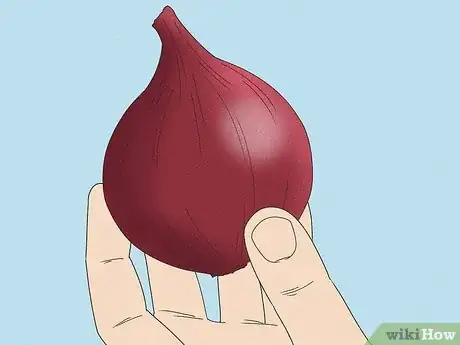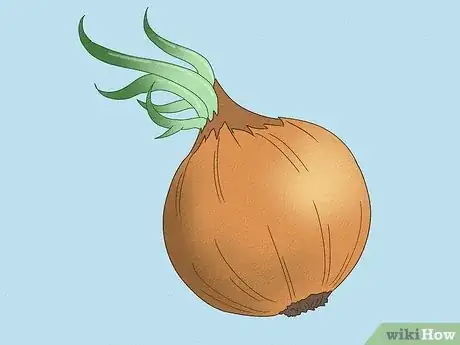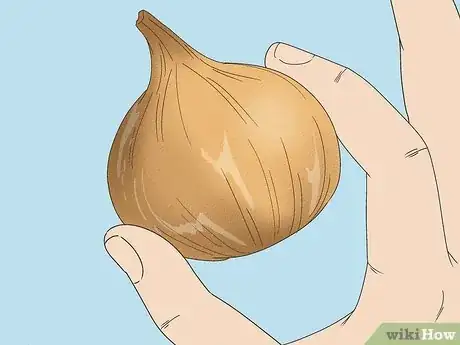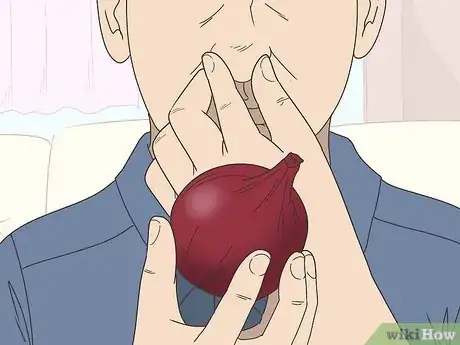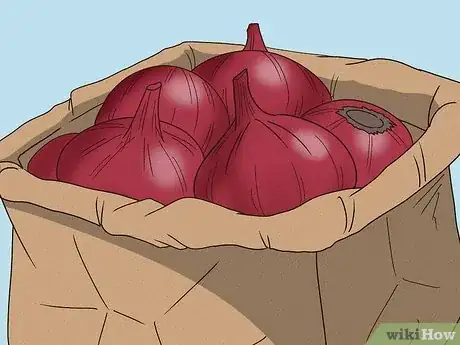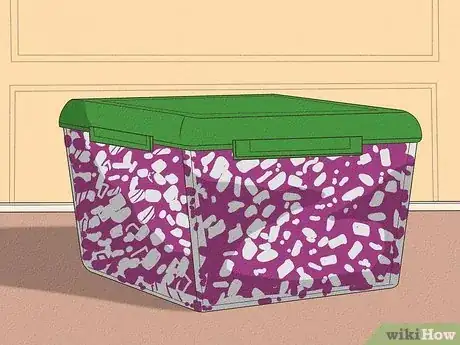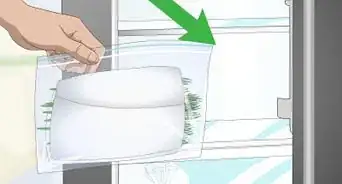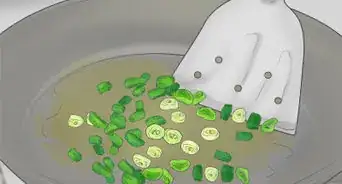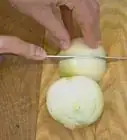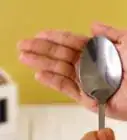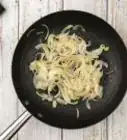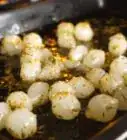This article was written by Olivia Choong and by wikiHow staff writer, Hannah Madden. Olivia Choong is a Plant and Gardening Specialist and the Owner of The Tender Gardener. With more than six years of experience, she specializes in gardening, permaculture, and self-sufficient and low-impact living practices. Her work has been featured in media outlets such as The Straits Times and Channel NewsAsia (CNA). Olivia holds a Bachelor of Mass Communications in PR and Journalism from Murdoch University.
This article has been viewed 3,238 times.
You reach into your pantry to grab an onion, only to find that it looks (and smells) a little off. No one wants to throw out a perfectly good veggie—but is that onion actually bad? Or is it okay to use still? To answer all of your questions, we’ve written a list of signs that your onion has gone bad so you can make the right call. Keep reading to learn more about onions, including proper storage techniques and their shelf life.
This article is based on an interview with our plant and gardening specialist, Olivia Choong, owner of The Tender Gardener. Check out the full interview here.
Things You Should Know
- Your onions have gone bad if they have dark brown spots, are squishy to the touch, or are secreting moisture.
- Your onion may also be bad if it’s sprouting. However, some people simply cut the sprouts off and eat the rest of the onion.
- Store whole onions in a ventilated container. Keep them in a cool, dry place, and use them within 6 to 8 weeks.
- Store chopped onions in an airtight container. Keep them in the fridge for about 10 days, or in the freezer for about 6 months.
Steps
Signs an Onion Has Gone Bad
-
1Dark brown spots Onion skin is supposed to be one color throughout. A sure sign that your onion has sat out too long is if it has dark brown or black spots anywhere.[1] While it is safe to cut off brown spots and eat the rest of the onion, if you spot mold (black or green spots), throw the onion away. Your onion might also be bad if it’s soft, mushy, or sprouting.
- Eating a moldy onion can be dangerous, so if you’re not sure, don’t risk it.
-
2Squishy texture Feel your onion: does it feel mushy or like the center is hollow? That likely means that it’s rotting. Fresh onions will have a firm texture that gives slightly but springs back after you touch it.[2]Advertisement
-
3Sprouting When whole onions sit for too long, they tend to sprout, or grow, out of the top. If you take a look at your onion and see a green leafy sprout up top, it’s probably a bit past its sell-by date.[3]
- While sprouting does mean that your onion isn’t super fresh, many people choose to cut off the sprout on top and eat the rest of the onion. However, when an onion sprouts, it tends to taste slightly bitter.
-
4Moisture Fresh onions will never release moisture of any kind. If you pick up an onion and it feels wet to the touch or there’s a puddle beneath it, it’s time to throw that onion away—moisture is a sign of rotting.[4]
- The liquid will likely be clear or brown in color.
-
5Bad smell Pick up your onion and do a sniff test: does it smell sharp and fresh like an onion normally does? Or is there a moldy, rotten odor? If your onion smells off, it’s best to ditch it and grab a new one.[5]
How to Store Whole Onions
-
1Keep whole onions in a well-ventilated container. An airtight container will actually make whole onions go bad faster. Instead, keep your onions in a brown paper bag, a wire basket, or a perforated plastic bag.[6]
- Onions need airflow to keep them from rotting. If you close them in an airtight container, it’s likely that your onions will get moldy.
-
2Store them in a cool, dry spot. Whole onions do well in a kitchen pantry that stays at or below room temperature. If it’s going to be particularly warm in your home, move the onions to the fridge.[7]
- Keep onions out of direct sunlight, as the sun will make them go bad faster.
-
3Use fresh onions within 6 to 8 weeks. After about 2 months, whole onions start to go bad. Make a plan to use them soon so they don’t go to waste.[8]
- Storing onions at room temperature helps them taste better. You can also freeze whole onions, but you must blanch them first.
How to Store Cut Onions
-
1Store chopped onions in an airtight container. Maybe you cut too many onions for your meal, or maybe you have half an onion that you can’t use right now. If so, throw the onions in an airtight container with a lid to keep out air and moisture.[9]
-
2Keep your onions in the fridge for 7 to 10 days. If you know you’re going to use your chopped onions soon, the fridge is a good place for them. Be sure to label the container with the date so you don’t forget.[10]
- If you notice any mold or moisture on your onions, throw them out.
-
3Store chopped onions in the freezer for 6 to 8 months. Chopped onions can last in the freezer indefinitely, but they’ll taste the best if you use them at the 6 to 8 month mark. Make sure the airtight container keeps out moisture, then throw them in the freezer with today’s date.[11]
- When you’re ready to use your frozen onions, don’t worry about thawing them. Simply throw them into a hot pan or a hot soup and they’ll thaw pretty much immediately. Frozen onions are best eaten cooked, not raw.
References
- ↑ https://thekitchenjournal.com/how-do-you-know-if-an-onion-has-gone-bad/
- ↑ https://thekitchenjournal.com/how-do-you-know-if-an-onion-has-gone-bad/
- ↑ https://www.onions-usa.org/all-about-onions/storage-and-handling/
- ↑ https://thekitchenjournal.com/how-do-you-know-if-an-onion-has-gone-bad/
- ↑ https://www.stilltasty.com/fooditems/index/17826
- ↑ https://www.foodnetwork.com/how-to/packages/help-around-the-kitchen/how-to-store-onions
- ↑ https://www.onions-usa.org/all-about-onions/storage-and-handling/
- ↑ https://www.foodnetwork.com/how-to/packages/help-around-the-kitchen/how-to-store-onions
- ↑ https://www.stilltasty.com/fooditems/index/17826

